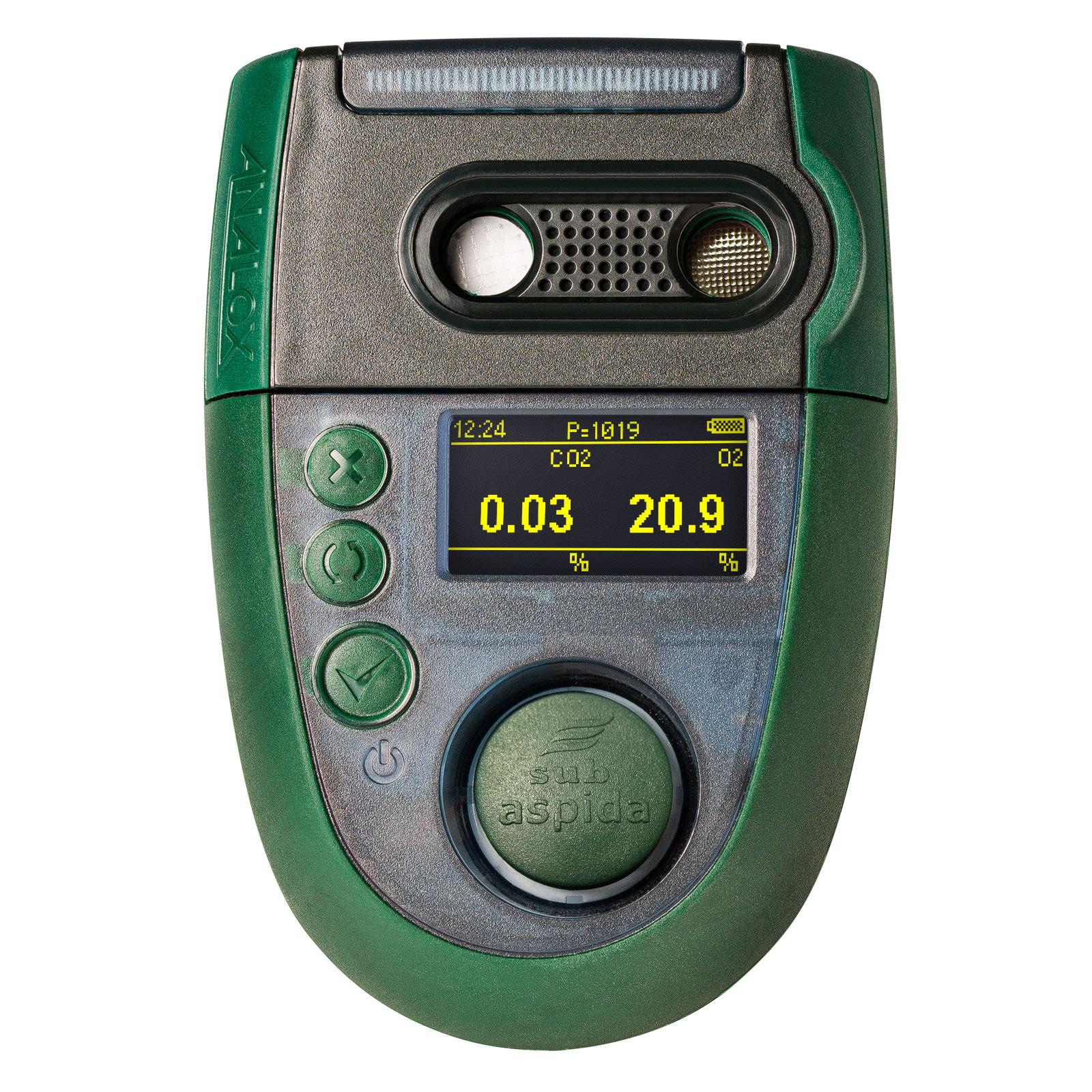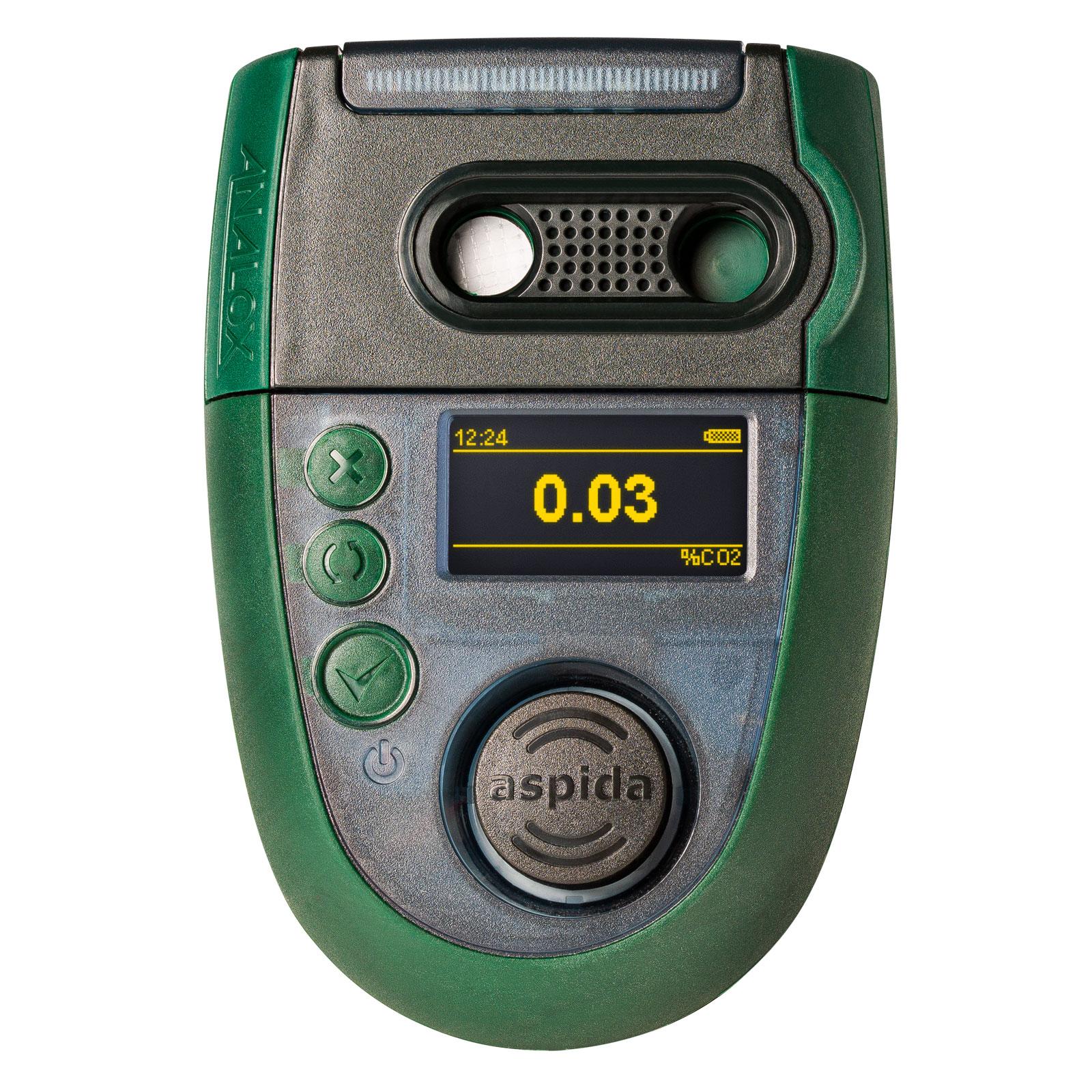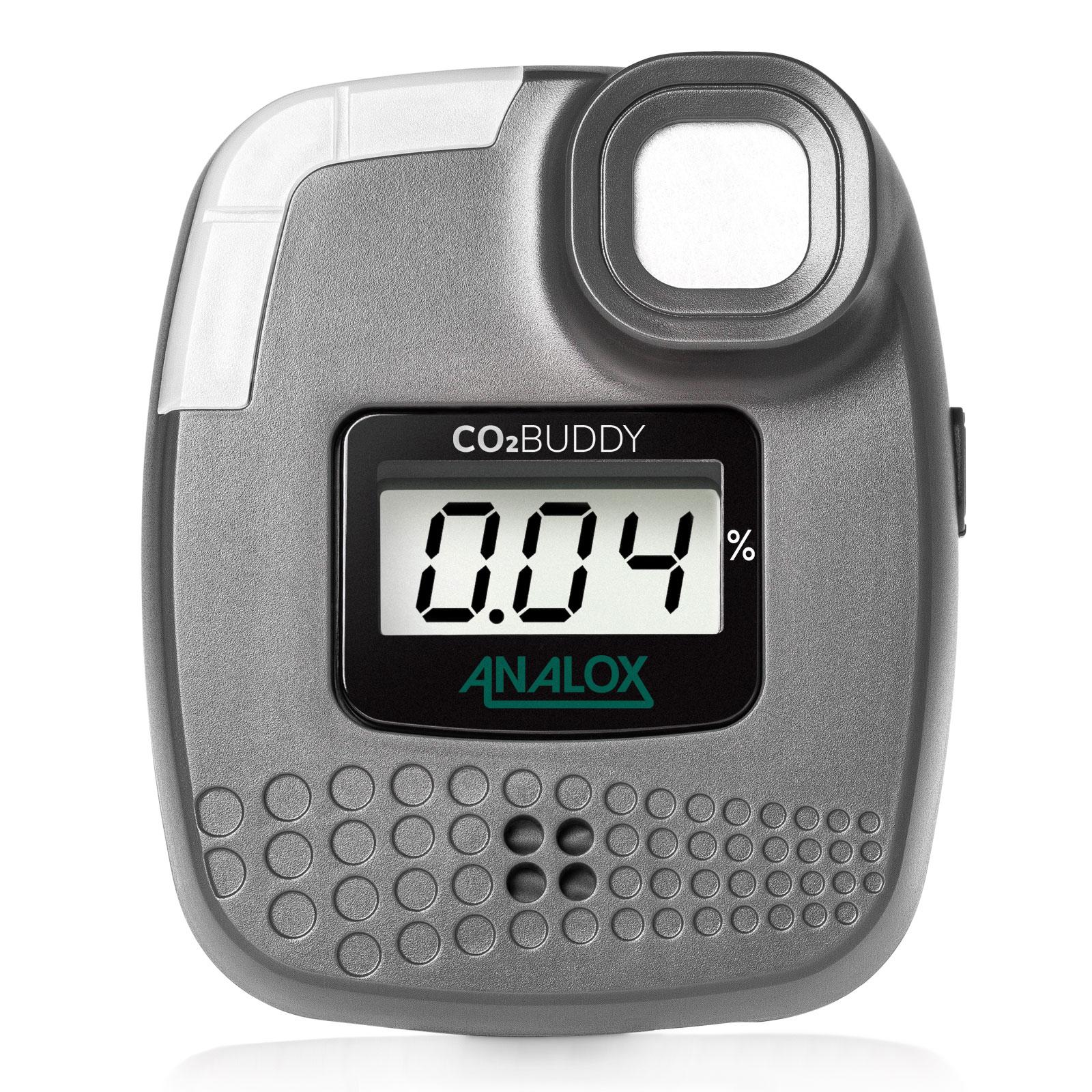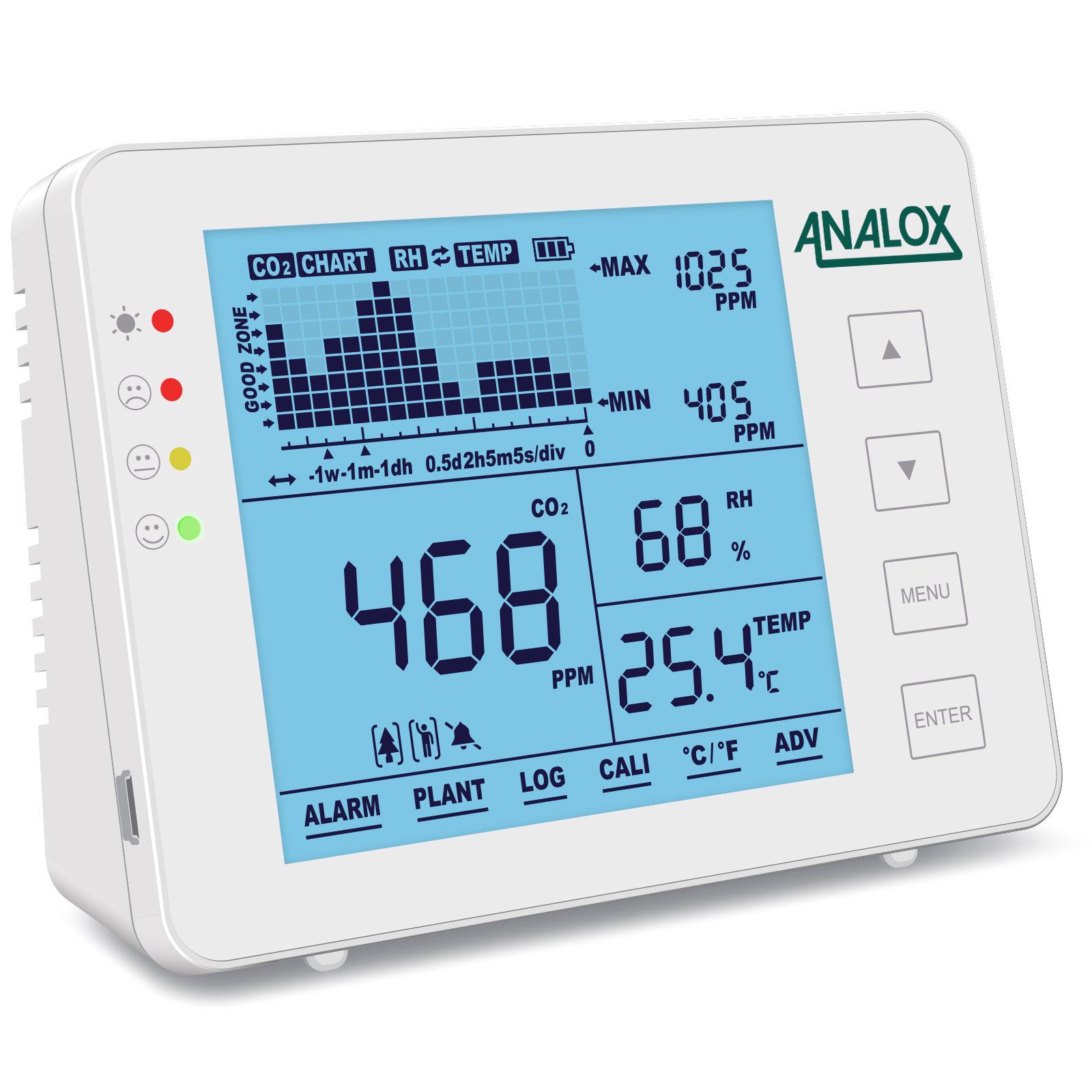With major strides being made into the roll out of the COVID-19 vaccines, the global demand for dry ice has massively increased, consequently, so have the risks of CO2 leakage.
Do you work in the logistics sector and are involved with the transportation of vaccines that require constant freezing temperatures using dry ice? With an increase in the use of dry ice, comes a potential increased risk of CO2 leaking during the transportation process.
Dry Ice is carbon dioxide (CO2) in solid form and is used to transport vaccines at ultra-low temperatures. As dry ice warms, it turns straight from a solid into a gas, bypassing the liquid state of matter. This process is known as sublimation. It is important to note that a small amount of dry ice will sublimate to a large volume of gas.
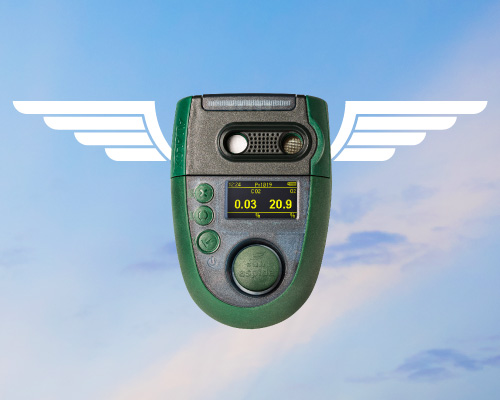
In aircraft, high levels of CO2 gas in compartments can lead to unrecognized degradation of cognitive functioning. In turn, this presents an asphyxiation hazard to persons in that space (e.g., ground crew who handle the loading and unloading of cargo containers).
The Analox Sub Aspida has now been pressure tested to 10,000 ft or 700 MB and will remain accurate and reliable when monitoring carbon dioxide (CO2) and oxygen (O2) in the atmosphere. This means you can concentrate on the job in hand.
The FAA recommends that operators consider the following information regarding the transportation of dry ice:
- CO2 sensors installed or carried in the aircraft or worn by the pilots and other crew members will assist the operator and crew in recognizing hazardous concentrations of CO2 and implementing effective risk controls.

Federal Aviation Administration SAFO (Safety Alert for Operators) SAFO 20017 12/10/20.
This CO2 gas then presents its own dangers as it is highly toxic to human life. The normal atmosphere contains around 400ppm (parts per million) of CO2 but a rise to just 1000ppm, or 1%, will begin to have negative effects such as drowsiness.
As the CO2 rises, so do the dangers, especially in a confined space such as a vehicle trailer. Regulations applying to road transport for the shipping of dry ice stipulate the packaging container must permit the release of carbon dioxide gas to prevent a build-up of the gas and prevent an explosion.
This venting of CO2 will impose a high level of risk to the operators when unloading unless properly monitored.
Analox provides a range of portable and fixed CO2 monitors to keep you safe from CO2 poisoning no matter where you enter the CO2 transportation process.
We offer portable monitors that can be clipped to your clothing so you are constantly aware of the levels of CO2 around you. This can be lifesaving if you are travelling between sites and are working in areas where there could be varying levels of CO2 present.
Carbon Dioxide
A compact portable analyzer used as a backup monitor on board submarines and at altitude. The unit can simultaneously sense both oxygen (O2) and carbon dioxide (CO2), whilst providing pressure corrected readings for both.
A portable, personal safety monitor for both carbon dioxide (CO2) enrichment and oxygen (O2) enrichment and depletion.
A portable, personal safety monitor for carbon dioxide (CO2) enrichment.
Air Quality Guardian, A portable air quality monitor alerting you to the need to ventilate your area specifically to measure levels of CO2.
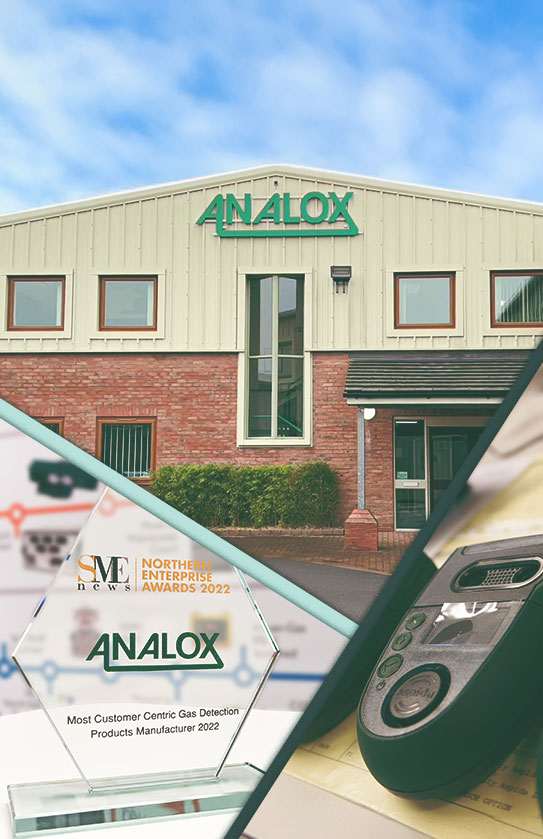
Subscribe to our Analox Newsletter!
Gain exclusive access to the latest news, insights, upcoming product releases in gas safety and efficiency. Be the first to know about our innovative solutions, upcoming events, and expert perspectives. Sign up today!

